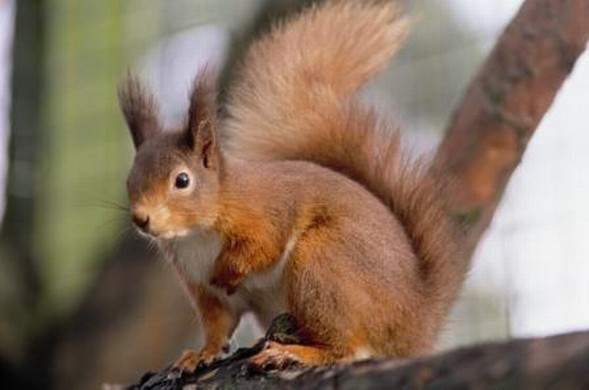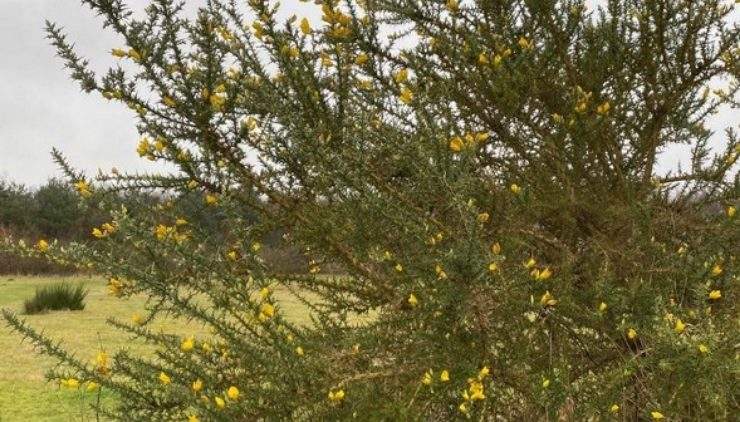Meet the Red Squirrels at Kelling Heath
- Categories:
- Wildlife
We have a male and female red squirrel in the enclosure who are both captive bred and who are used to produce young for release projects or other breeding enclosures across the country

When are you most likely to see them?
The pair are most active in the mornings, from first light to about 10am. Through this time, you can see them foraging for food or following their exercise routes. In the wild, a male would have a territory of around three-square miles and a female one square mile. Exercise routes within the enclosure allow the squirrel to cover their respective distances.
What is involved in looking after the squirrels?
The red squirrels at Kelling are cared for by the Countryside team in our purpose-built enclosure. Although they are captive squirrels, they are still wild animals, so we do try to keep their contact with humans to a minimum. We try to stimulate their natural behaviors through the environment provided and by provision of food that closely resembles their natural diet. But you may well have noticed they are not shy of humans and do not run away from people who are watching them from outside of the enclosure! To ensure the safety and wellbeing of the squirrels we deep clean their enclosure once a year just after Christmas which is just before they are due to start breeding.
Feeding the squirrels?
We feed the squirrels a diet of Pine nuts, Hazel nuts, Black sunflower seeds, Fresh corn-on-the-cobs, Carrots, Cucumbers, Mushrooms and Arrowroot biscuits or sugar free rusks and always ensure that they have fresh drinking water. We hide some of their food, so they must forage for it, but we do also make sure there is plenty ready to eat on the feeding table.
Breeding
The Red Squirrels begin to breed in mid-winter. The male will chase the female around the enclosure and spiral up and down logs and posts. They can have up to two litters of 2 to 8 young per year. The young are called Kittens and are weaned at 10 weeks. To date we have successful bred 34 kittens which have been successfully introduced into managed release programmes, working to readdress the population in the wild across the UK.
Newborn kittens!
During March / April the female in our enclosure may be rearing her newborn kittens (baby squirrels). However, we must keep well away from the nest boxes during this time because if we disturb her then she may try and move the kittens which can cause problems. For this reason, we only know if we have kittens when they appear from their nest box. Any new kittens born are reported to the coordinator of the East Anglian Red Squirrel Conservation Group. Once the kittens become more mature, we must separate them from their parents before their parents try to drive them away. We have a smaller enclosure next to the main one where we can keep them before they are used in licensed release projects or in other breeding enclosures. The female is keeping herself well tucked away now so fingers crossed we should see some kittens anytime soon!


